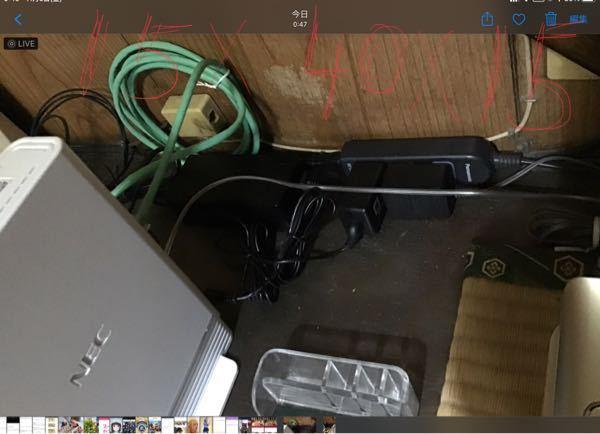There is a passage in the law "Purnell's Law" advocated by Mr. Jerry Parnell, who was a science fiction writer and computer savvy. "90% of computer problems are caused by cables."
This law was proposed in the 1990s. Many of the cables used to connect peripheral devices at the time were thick and stiff, making them difficult to handle. Now it seems that "90%" is a bit excessive.
However, a trouble occurred that reminded me of this law that I was about to forget. Mr. Yoshiyuki Koseki, former president of BIGLOBE and an engineer, experienced this.
Mr. Koseki, who had more opportunities to use video conferencing systems such as Zoom from home for himself and his family due to the recent effects of the new coronavirus, was dissatisfied with the performance of the optical line.
In the house, the fiber-optic router and the wireless LAN router were wired directly so that other rooms could be connected by wire. ). The wireless LAN router is used as a bridge.
Home network configuration at the time of trouble [Click image to view larger image]Mr. Mr. Koseki had been using NTT East's FLET'S Hikari service for nearly 20 years, but he felt that IPv6 had become quite popular, so he switched to the IPv6 option of Biglobe Hikari several years ago. However, the upstream line was still 100 Mbit/s.
When I looked it up on the NTT East website, I found out that my home is in the 1Gbit/sec service area. Mr. Koseki asked Biglobe, an ISP, if the line could be switched to 1 Gbit/s. This is because Biglobe Hikari was a “Hikari Collaboration” model in which ISPs provided one-stop services including fiber-optic lines.
Realizing that you are in a gigabit service area [Click image to enlarge] Check with your ISP if you can switch to gigabit network [Click image to enlarge]
I didn't get an immediate answer to my inquiry, and after about a week, I got a call from Big Robe. According to Biglobe, it is possible to switch lines, and when switching to IPv6, the equipment already supports 1 Gbit/s, so there is no need for in-house construction work. The procedure costs 3,000 yen, but the monthly usage fee will not change.
Mr. Koseki talks about his feelings at that time, saying, "In that case, I should have switched to it sooner." He immediately decided on the construction schedule and was looking forward to the strengthening of the line.
On the day of construction. The work schedule was 8:00 a.m. to 12:00 p.m. However, Mr. Koseki thought, ``Even though it was called construction, the actual work was just changing the software settings on the side of NTT East's base station,'' and imagined that the actual work would be completed soon. So I figured I wouldn't have to wait until noon.
So I tried to connect to the internet around 9am. However, it was no longer connected to the Internet that was supposed to be connected until then.
I couldn't connect to the internet on the day of construction [Click image to enlarge]At this stage, there are various factors such as work still in progress, so I decided to wait and see. After an hour or so, I tried again and it still didn't work. So I asked Biglobe about it, but Biglobe's answer was, "Please wait until noon when the construction is scheduled to be completed."
"If you can't connect to something, it means that some kind of work is being done, and it won't take more than an hour, so you shouldn't have to wait." (Mr. Koseki) Although I thought about it, I thought that it could not be helped that BIGLOBE was not aware of NTT East's work, so I waited for the time when the work was completed.
And after noon, I confirmed that I could not connect to the Internet again, and contacted Big Robe again. Biglobe replied, "We will look into it."
This article is for paid members only. Please log in or apply on the next page.
next page

![Lenovo's 8.8 inch one-handed tab "Legion Y700" full specs released! [Is the price in the 40,000 yen range?]](https://website-google-hk.oss-cn-hongkong.aliyuncs.com/drawing/article_results_9/2022/3/9/207e1be231154e91f34c85b4b1d2126c_0.jpeg)
![EVsmart blog Toyota's electric car "bZ4X" that makes you feel comfortable with electric cars and quick chargers / No% display of battery level [Editorial department] Popular articles Recent posts Category](https://website-google-hk.oss-cn-hongkong.aliyuncs.com/drawing/article_results_9/2022/3/9/752542064665dc2bd7addbc87a655694_0.jpeg)

